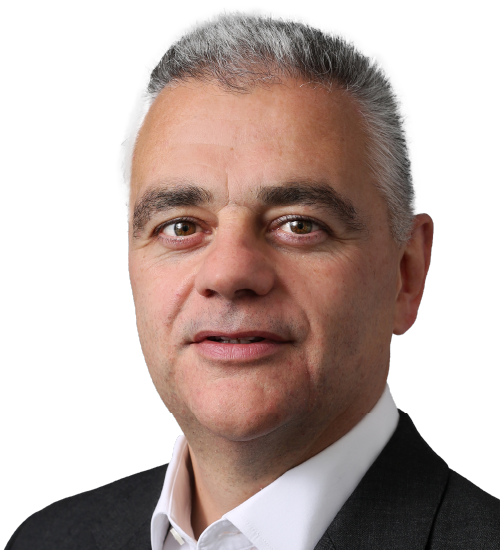Although volatility in investment markets has always been a well-known fact of life, the swings in asset market sentiment and prices these last few months have been profound, both at a headline level and below the surface. By the end of September, many of the issues which had mattered so much in the preceding months had faded in significance, giving way to a ‘new’ set of themes which will set the tone for the rest of the year and beyond.
There were many important changes to the market environment during September, beginning with an improvement in sentiment as solid growth data allowed the previous month’s fears over recession risks to reverse a little. The news on inflation also continued to be encouraging, which in turn provided space for central bank rhetoric to strengthen with regards to the likelihood, pace and scale of future interest rate cuts. This was a trend particularly noticeable in the USA and it provided a powerful balm for market sentiment, which had been challenged repeatedly over the summer.
When the Federal Reserve ultimately joined the global interest rate cutting cycle in September, it did so aggressively, with a -0.5% reduction in its target interest rate. Using this action as ‘cover’, the Chinese authorities also joined in later in the month with their own acceleration in policy support for a struggling Chinese economy. By the end of the month, the policy stances of the biggest global economies had shifted to protecting and promoting growth, instead of worrying about inflation. This moment was long anticipated but was no less important for finally arriving.
The shift to a pro-growth stance by the majority of the world’s central banks was an important change for the market environment going forward. At the same time, many other factors which shape the investment environment have not changed at all since our last update. Investors’ short term focus on economic data releases remains firmly in place, albeit that the emphasis this time is on trying to work out if the interest rate cutting cycle has started too early, too late or just at the right moment.
This short term focus also handily ignores longer term issues which remain unresolved – the insouciance of bond investors when faced with huge spending deficits by US and other governments perhaps being the most obvious of these. Risky and safe assets have also managed to rally at the same time, which is a nice feature on the way up, but not such a good one on the way down. Explaining coherently why gold and stock markets are reaching new highs at the same time is tricky, suggesting to us that there still remains a high degree of uncertainty on the investment outlook from here.
Our own view remains as it has been for many months, namely that markets are continuing to muddle through their task of pricing complex, overlapping economic and political factors, and are generally doing so with an upward bias to prices. The glass is half full rather than half empty, so to speak.
The final quarter of the year should see us pass through the last obvious telegraphed event of note – the US elections – and also accumulate enough evidence to work out if the inflation genie has definitively been put back into the bottle without the traditional help of a recession. Given that so much of the world is now in a synchronised interest rate cutting cycle at a point when unemployment is low, we think that there is enough powerful medicine in the system to offset the broad set of risks hiding in plain sight. Markets will still remain volatile, we think, and prone to reversals, but both of these features should be anchored around a general upward trend. We don’t think we have quite finished the post Covid roller coaster journey yet, but we do think that we are close to finishing it and finishing it intact. The next few months will be crucial in seeing if we are correct.
Article sources
Editorial policy
All authors have considerable industry expertise and specific knowledge on any given topic. All pieces are reviewed by an additional qualified financial specialist to ensure objectivity and accuracy to the best of our ability. All reviewer’s qualifications are from leading industry bodies. Where possible we use primary sources to support our work. These can include white papers, government sources and data, original reports and interviews or articles from other industry experts. We also reference research from other reputable financial planning and investment management firms where appropriate.
